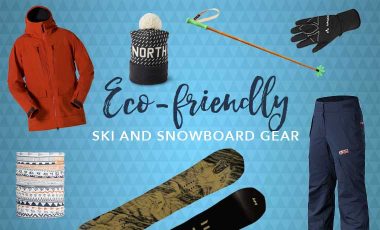Short seasons, low snowfall and limited numbers of open runs that are sparsely sprinkled with man-made snow. Could this be the future of the ski and snowboard industry? We sure hope not. So, in a bid to support environmentally conscious brands working tirelessly to create sustainable outdoor gear and clothing, we’ve put together a list of some very cool eco-friendly ski gear.
Turn the slopes green this season by being a responsible consumer, and avoid buying yet more cheaply made, environmentally damaging gear.
Eco-friendly ski gear for the 2018/19 season
Disclaimer: We use affiliate links and may receive a small commission on purchases.
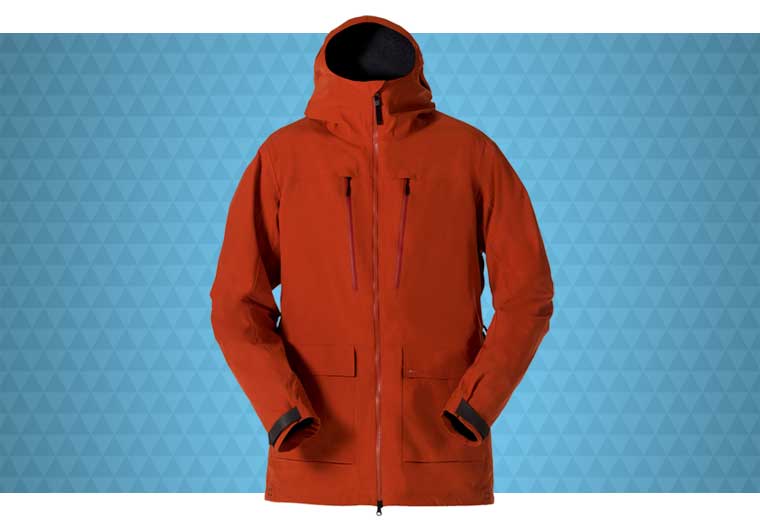
Open Wear Free One Jacket
The Open Wear Free One Jacket is one of the most eco-friendly and ethically produced ski and snowboard jackets on the market right now. Its shell is made from recycled nylon, and the DWR (durable water repellent) coating is free from toxic PFC chemicals. Add to that its extra length at the back, a powder skirt with belt loops and an EQO membrane that guarantees waterproofness of 20.000mm, and it’s not just the environment that is loving this jacket. Backcountry powder hounds and park monkeys alike will find their freedom in this extremely high performing, functional jacket.
Find the latest price at:
Open Wear
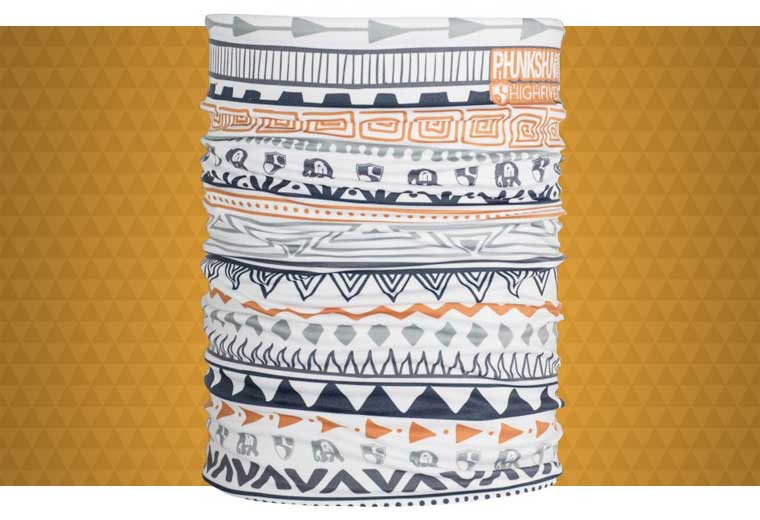
Phunkshunwear Thermal Tube
Add your own eco-friendly style to the slopes with a funky and functional Phunkshunwear custom-made Thermal Tube. With no minimum order the good guys at Phunkshunwear can create a fleece-lined face mask using your own graphics. Or chose from one of their striking, colourful and unique designs. Either way, these gorgeous ski and snowboard face masks are all made out of plastic bottles that are recycled into yarn. Plus, they provide UV protection AND the fabric has anti-freeze DWR properties. Possibly THE best face masks on the planet?!
Find the latest price on:
Amazon
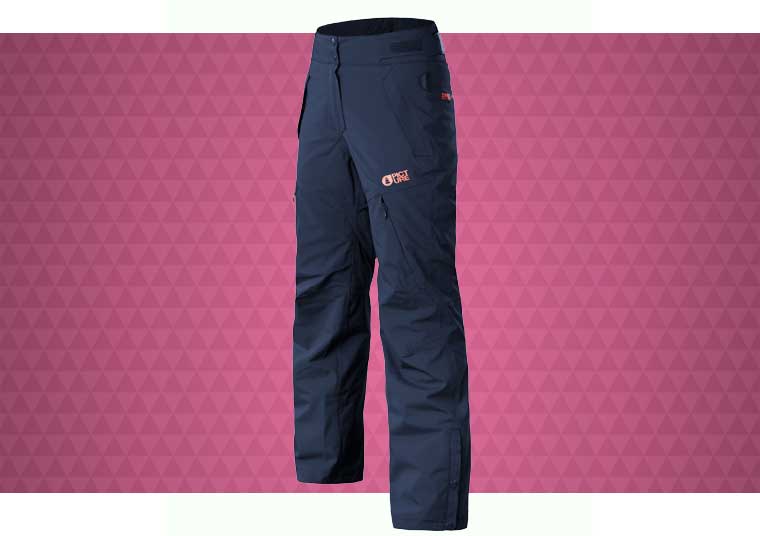
Picture Organic Luna Snow Pants
If you’ve not come across Picture Organic before then they’re set to be your new favourite snow brand, period. The fact their sweet-looking and super function gear has a massive focus on sustainability and eco-friendliness also helps! Take these Luna Snow Pants, for example. They contain 58% recycled polyester, are vegan friendly and have a PFC-free water repellent coating. Plus, the production of the whole pants’ collection saved the carbon emission equivalent of 285,000km of car travel. The pants also feature fully taped seams, a Coremax lining, a waterproof membrane and venting zippers. Pretty great, huh?!
Find the latest price at:
Backcountry | Picture Organic
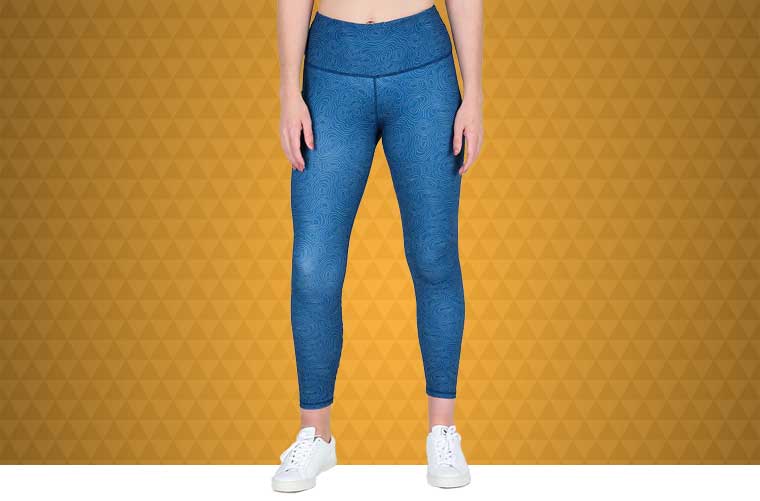
Team Timbuktu Topography Leggings
Created by Australian company Team Timbuktu, these super cool and mega comfortable leggings are made of 78% recycled plastic bottles. With a mountain-inspired print, these high-waisted leggings are ideal for wearing underneath your ski pants for extra warmth and moisture wicking protection. And because they look as great as they feel, they’ll seamlessly see you slide into your apres-ski activity, be it a post powder yoga class or some social sips at the slopeside bar.
As well as ticking some huge sustainability boxes, Timbuktu also only work with clothing makers who they’ve personally met. Plus, they’ve eliminated the majority of single use plastics within their supply chain, using compostable garment and mailing bags instead. We dig their designs and love what their doing even more!
Find the latest price at:
Team Timbuktu
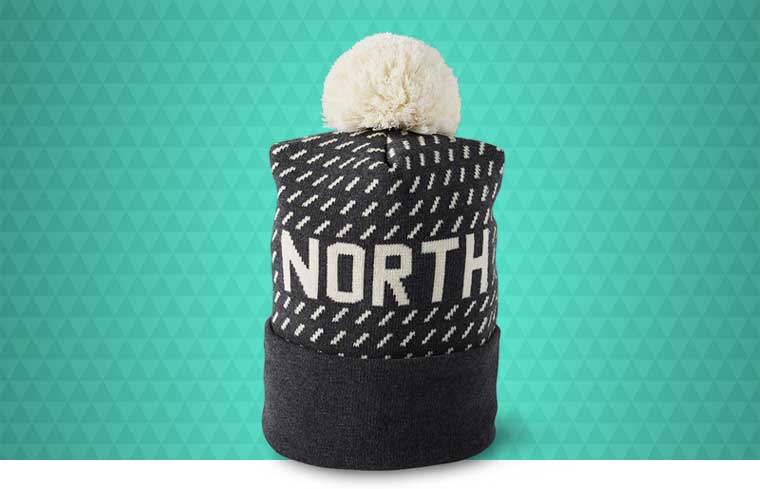
Askov Finlayson North Hat
This super cool and super cosy beanie by Askov Finlayson is made from 75% recycled plastic and 25% upcycled cotton. Now that’s a pretty darn good start right there! This styling hat features a huge pom-pom and is available in a couple of different colour combos and designs. But that’s not all. As part of Askov Finlayson’s “Keep the North Cold” campaign, buying this beanie means you’ll be supporting a brand that gives as much as you will be on the slopes this winter — that’s right: 110%. This means that they will invest more money fighting climate change each year than running their business costs the planet. Impressive work, and an incredible sustainable outdoor brand to buy from.
Find the latest price at:
Huckberry
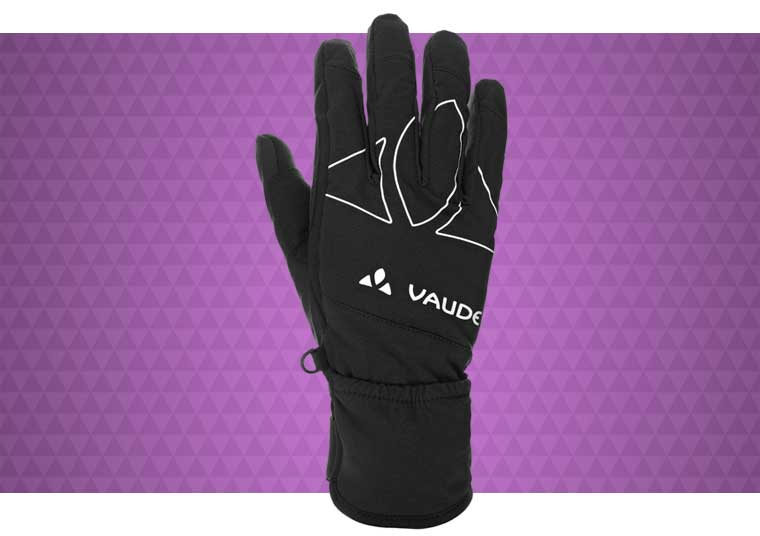
Vaude La Varella Gloves
Water repellent, breathable and wind resistant, Vaude’s La Varella Gloves are ideal for keeping your pinkies warm on ski touring missions. They feature reinforced fingertips and palms, and have silicon prints for extra grip on the steep and fast downhills! They also have an Eco Finish water repellent coating that is PFC-free, and they come with Vaude’s Green Shape Label. This means that these gloves have met the strict and transparent sustainability-driven criteria right through their production chain. High fives to that!
Find the latest price at:
Vaude
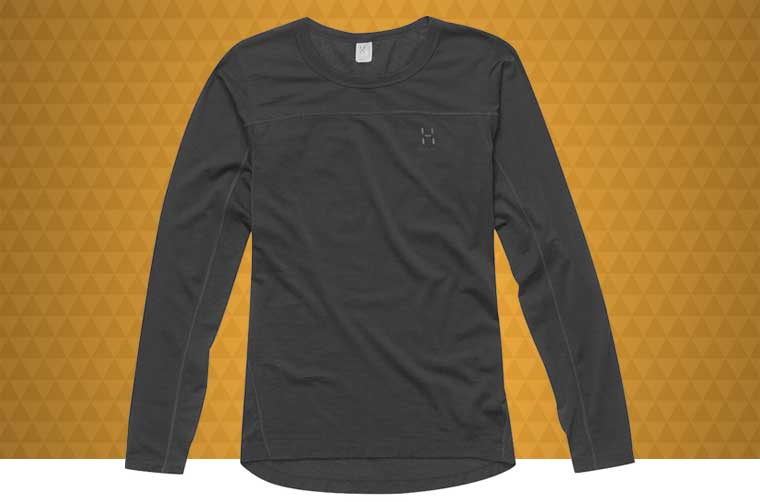
Haglofs Wool Roundneck Base Layer
With sustainability at the core of their whole production line, it would be hard not to mention Haglofs in this article. They may be one of the lesser-known environmentally conscious brands, but they are doing great things to make a sustainable outdoor industry possible. From limiting the spread of microplastics to the responsible sourcing of their fabrics and materials, sustainability shapes their design. Like this cosy Wool Roundneck Base Layer: another non-mulesed merino garment to add to your winter ‘warmer on the inside’ list. Made of super fine (18.5 micron) merino wool, it features flatlock seams and all the moisture wicking, odour control properties you’d expect from a high quality merino base layer.
Find the latest price at:
Haglofs
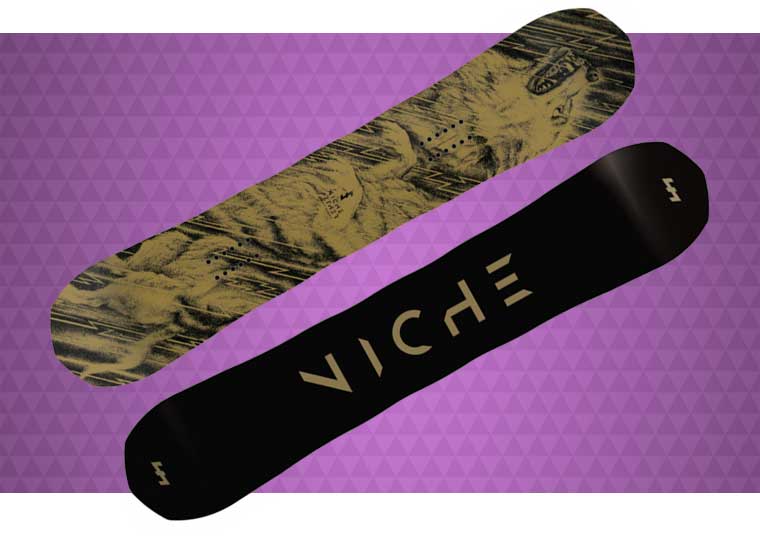
Niche Aether Snowboard
From day one of their existence, Niche Snowboards have been dedicated to creating snowboards using environmentally conscious materials and manufacturing practices. Their boards are produced in a factory that runs off 100% hydropower and boasts zero CO2 emissions. And then there’s the boards. The bases, sidewalls and edges are recycled. The wood cores are made from sustainable poplar, paulownia and bamboo. It has basalt stringers to replace carbon fiber equivalents and the inks used are non-toxic and water-based. Plus, this seasons sees Niche’s first 100% fully recyclable snowboard manufacturing brought to the market. Oh, and performance-wise Niche boards are right up there with the big boys. Bring on the POW!
Find the latest price at:
REI
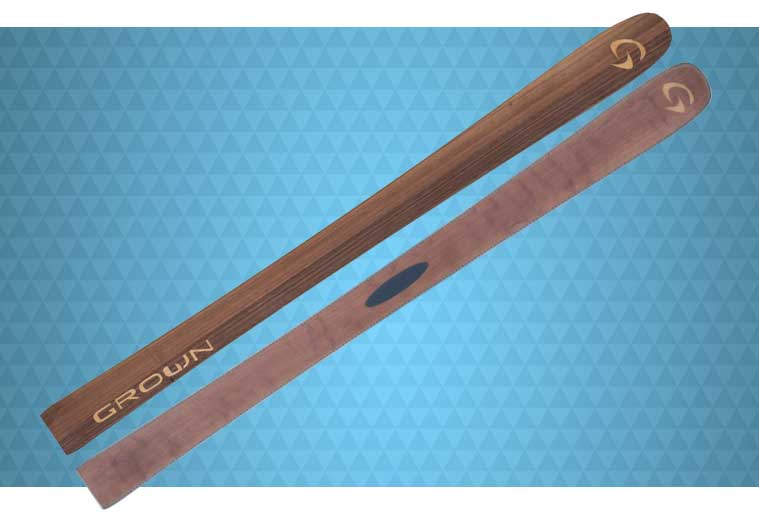
Grown Skis TheOnly XL
With an environmental footprint that is up to 40% less than conventional skis, you’ll be feeling as light as the powder underneath you when cruising the slopes on a pair of Grown Skis. Made from over 70% certified sustainably harvested wood and held together with pine tree resin-based glues, Grown Skis are designed with environmental performance in mind. The skis also feature a recycled base and use reinforcing fibres from volcanic basalt rock instead of glass and carbon fibres. But don’t worry, these super eco-skis won’t let you down in the performance stakes, either. New this season, TheOnly XL is the ideal all mountain freeride ski that balances weight, shape and torsion expertly to negotiate powder to piste riding, whatever the conditions.
Find the latest price at:
Grown Skis
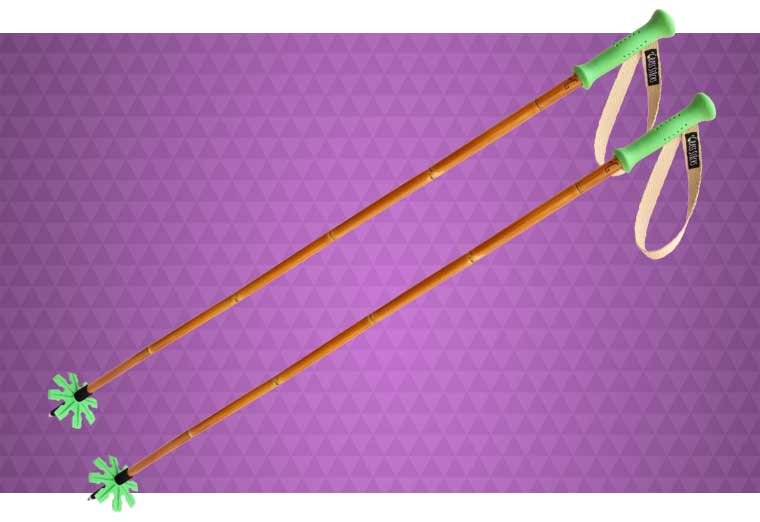
Grass Sticks Bamboo Ski Poles
Did you know that bamboo has the tensile strength of steel? It also has a compressive strength greater than concrete, and produces three times as much lumber as trees, per acre harvested. Stronger than aluminium and minus the environmentally harmful effects of mining carbon fiber. Which is why Grass Sticks Bamboo Ski Poles are amongst the most sustainable, high performing ski poles in the world. But that’s not all! The straps are made from 100-% recycled polyester and you can also order customised ski poles to suit your colour preferences and height. And if skiing ain’t your thang, then check out their paddles!
Find the latest price at:
Grass Sticks
Think green and opt for eco-friendly gear to hit the white with this ski season!
For more ideas on how to be more green outdoors read our guide to eco-friendly camping, and check out this gorgeous selection of eco-friendly outdoor clothing.


